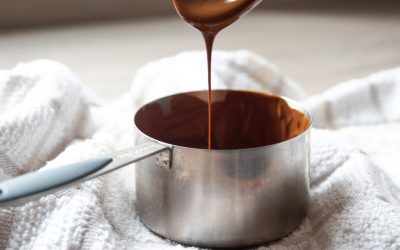When cooking dishes with citrus flavour, one of the most effective ways to impart that flavour is using the zest of the fruit. In this example we are talking about lemons, but the same is very much true of oranges and limes too. The zest is the very outside of the rind of the fruit, and differs from the peel of a lemon, which involves the pith (a white membrane just beneath the zest that makes up part of the rind).
There are several options for how best to zest a lemon and we will look at some of them below, but all of them have one key detail in common. When removing the zest it is very important to be careful to not remove the pith as well, as this can add a bitterness to the flavour given off by the zest when used in food. The best way to do this is to apply light pressure when zesting, and be mindful and check your zest for pith to then adjust your pressure if you find you are still removing pith as well.
The methods of zesting a lemon fall into two basic categories, depending on the uses you intend for the zest. These can be either removing strips of zest or removing it in a small grated consistency. We will look at each method below, and give some examples of what uses you would have for each type.
Strip Method
This is probably the easier of the two methods, as you can remove any pith after the zest is removed so the need for precision is slightly lower than with a grating method. Depending on your skill level you can either use a paring knife or a peeler for this method. Personally I prefer the peeler method as it allows for a very natural movement and is probably easier for beginners. Simply peel the skin away from the lemon in straight strips down the fruit, then when each piece is removed use a small paring knife to gently remove any white pith that may have been brought with the zest.
The most common use for zest like this is as a garnish, and is commonly candied for desserts or patisserie, or used very commonly for cocktails.
Grating Method
The grating method, which produces fine pieces depending on the size of the grater being used. Devices like microplanes or zesters produce very fine zest, and are used in a very similar way to a peeler. They can however be used in two distinct ways, the difference between which is down mainly to personal preference. You can either rub the grater against the lemon or rub the lemon against the grater, depending on which you find easier. In this method it is more important to be delicate, as it will be impossible to remove the pith after the zest is removed, so you have to make sure to avoid it as much as possible.
The most common uses for zest in this form is for flavouring desserts, like lemon curd for tarts or various creams or cakes. If the desire is to impart flavour to a product then this method of zesting is the most likely to be used.


